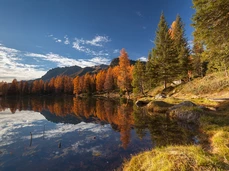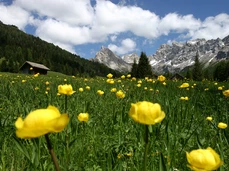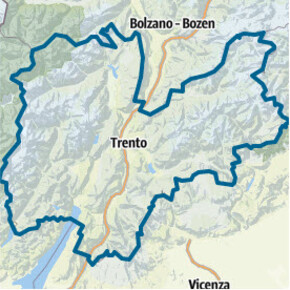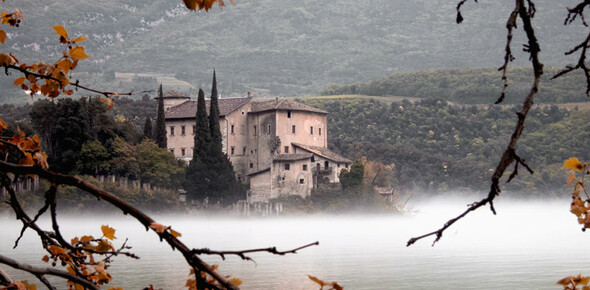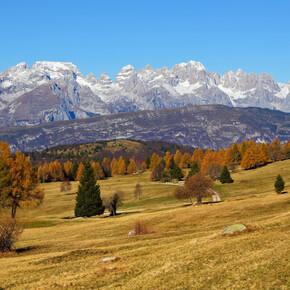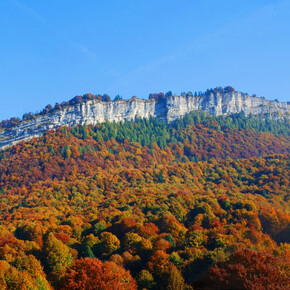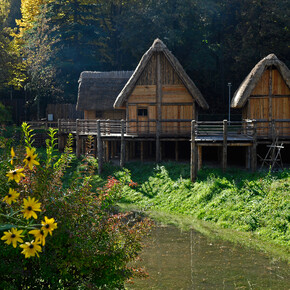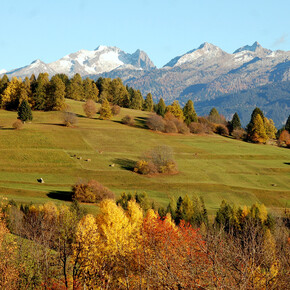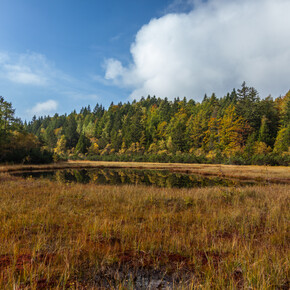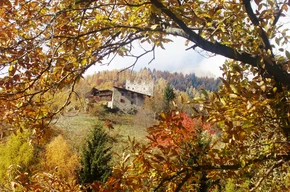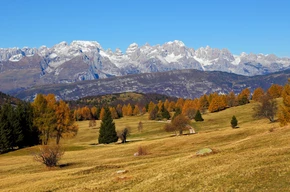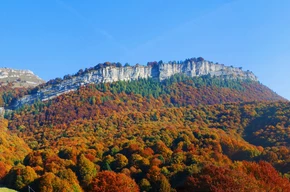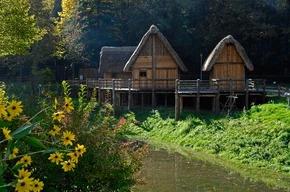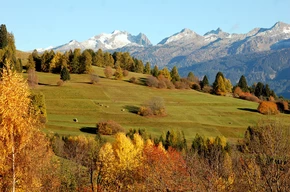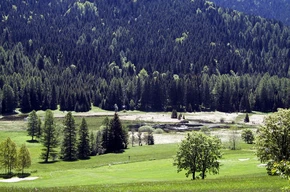Network of Nature Reserves - Val di Fassa
Emotions in the heart of the Dolomites
A countryside where nature and man are in perfect symbiosis
22% of the territory of Val di Fassa is protected, from the monumental towering peaks of the Dolomites - a UNESCO natural heritage site - to the small areas of the European Plan “Nature 2000”. A total of about 6,900 hectares to protect precious and delicate natural treasures.
With its 4 million visitors per year, the territory in this Network is an interesting example of an innovative way to see tourism: with a vocation to offering its beauty to tourists, it is also committed - thanks to the collaboration of its communities - to managing an exceptional naturalistic heritage, which is a part of the very identity of the communities that inhabit the area.
From the meadows at the bottom of the valley to the high altitude prairies, through the geological paradises of the Dolomites, complex wet areas, dense mountainside forests and limestone corners where precious plant varieties are hidden. The biodiversity that this Reserve Network houses in its various habitats, at different altitudes, is extraordinary and rare. Fox, badger, stone martin, weasel, deer and roe deer commonly live in the shadowy forests, while the rocky and exposed environments high in the mountains are the reign of majestic Alpine ibex, agile chamois, and numerous marmots.
Some species are particularly rare and delicate, and are therefore particularly protected: these are the "glacial relics", species that have survived climate changes over the millennia, and only in limited geographic areas. Forced into these regions by the glaciations, thousands of years ago, they have survived the increasing temperatures that followed the ice ages by seeking refuge at higher altitudes.
Rock ptarmigan, black grouse, hazel grouse, and western capercaillie are a few of the most famous "relics" left in Val di Fassa. Perhaps less famous - although they are easier to find hidden among the limestone, and just as beautiful - are the Alpine snowbell and Aster Alpinus, "plant relics", and presently the exceptional subject of beautiful photographs.



